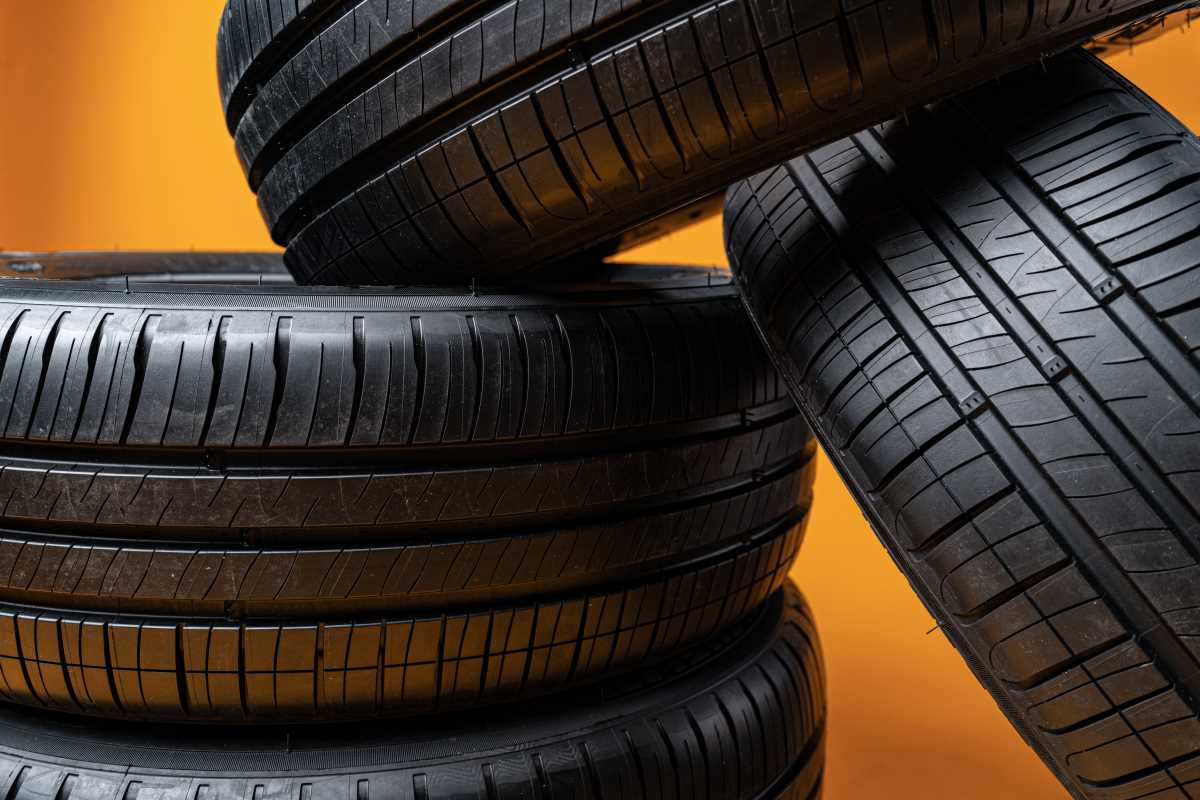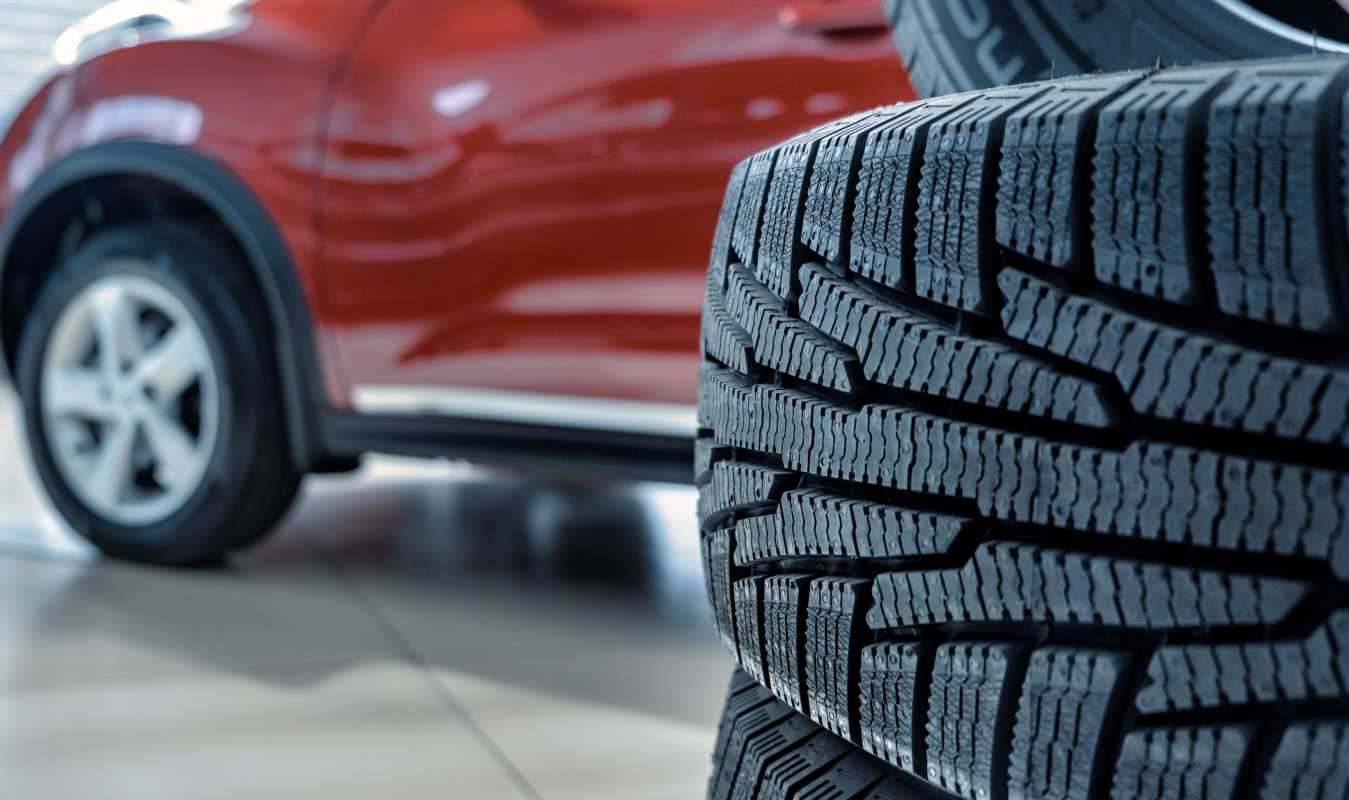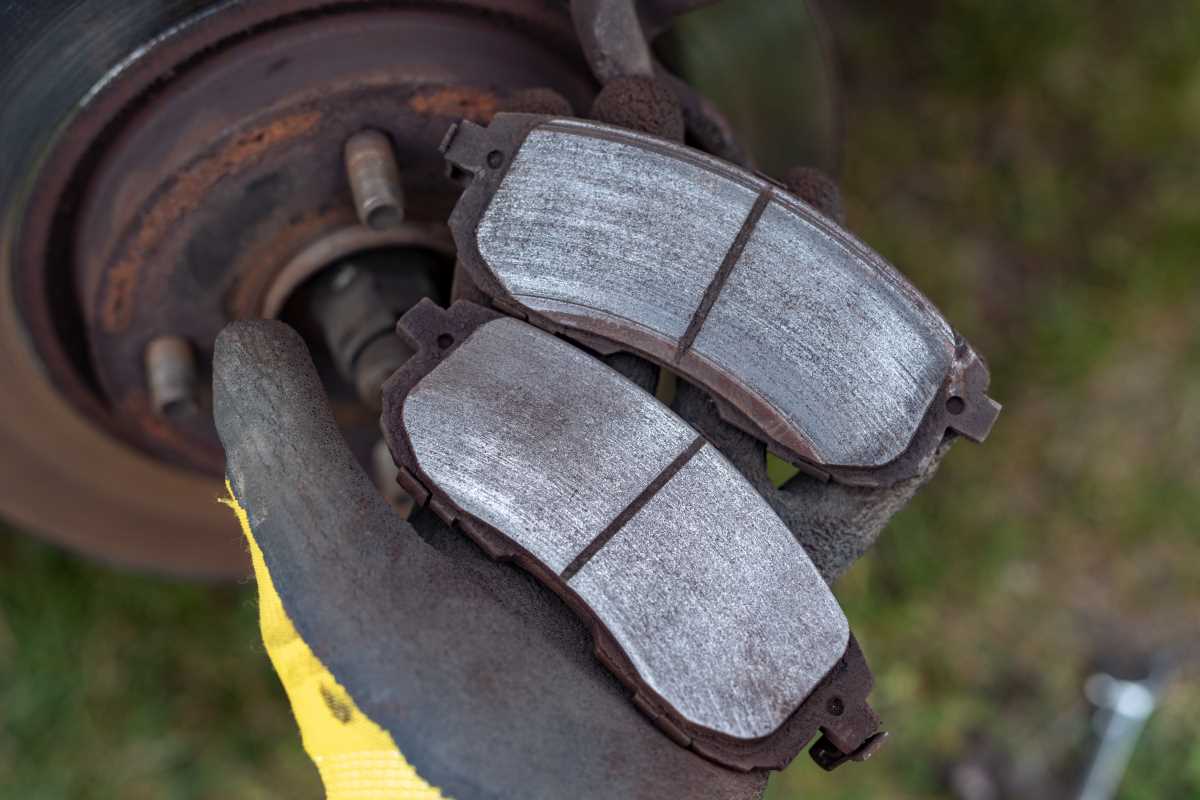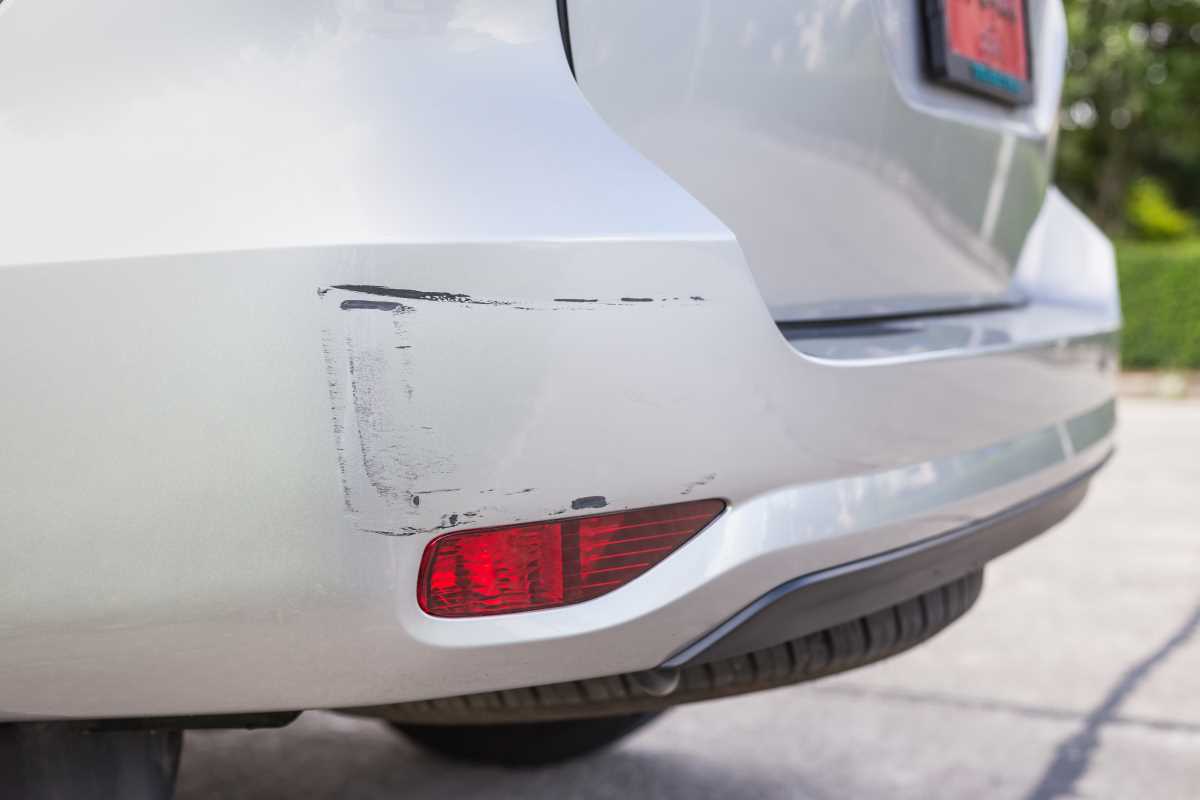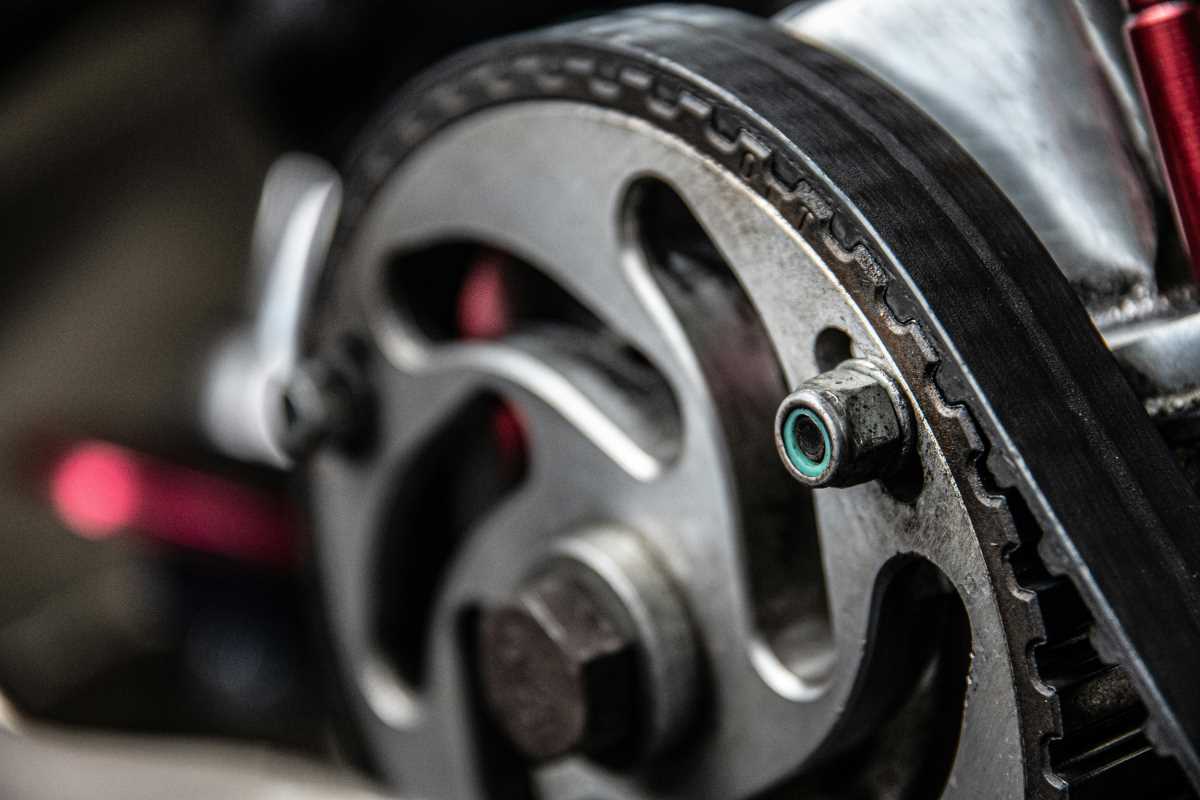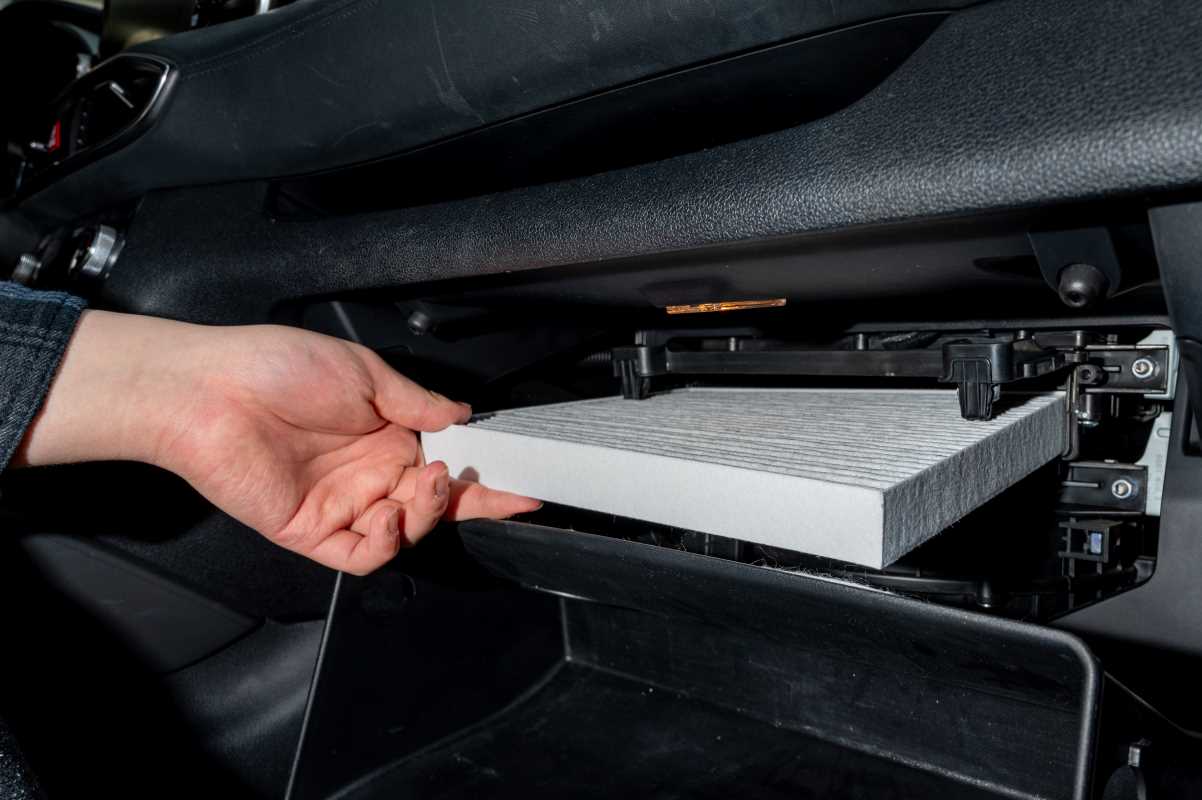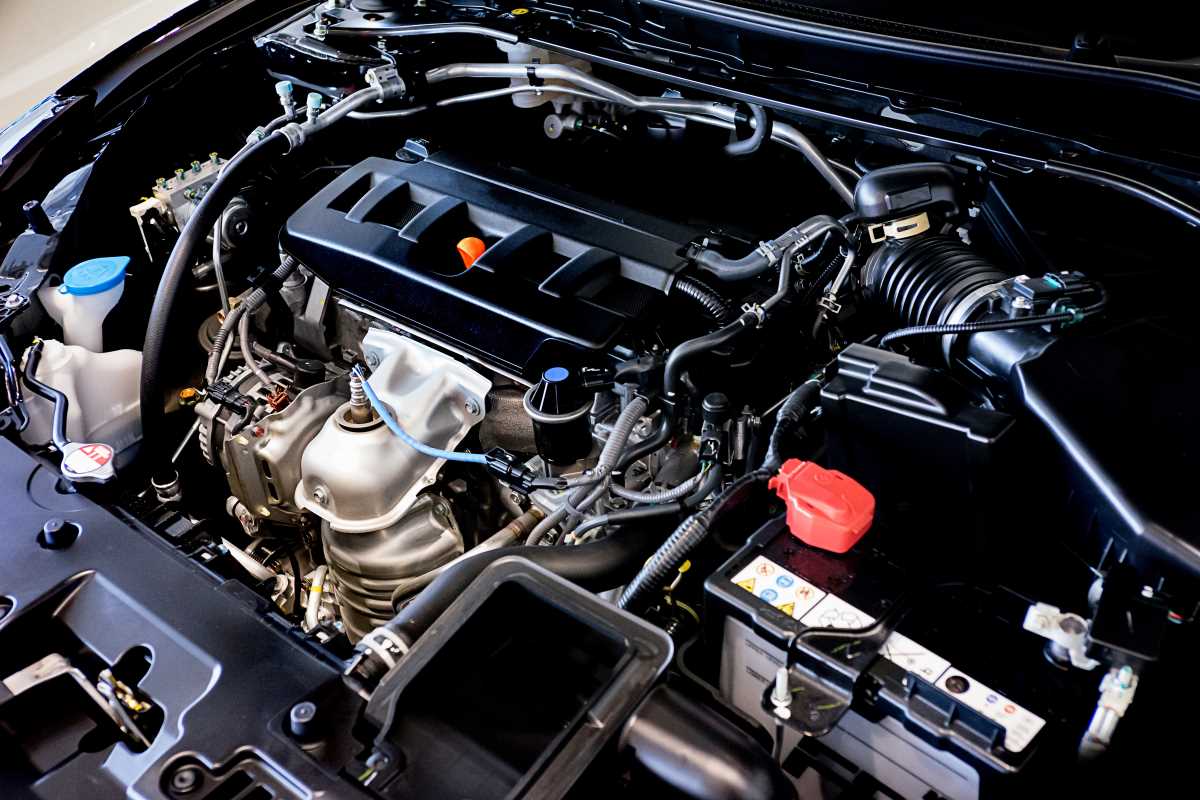Your car's tires are its only connection to the road, a critical patch of rubber responsible for your ability to steer, accelerate, and most importantly, stop. Neglecting them is a massive gamble. Improperly inflated or worn tires can dramatically increase your braking distance, reduce traction in wet weather, and hurt your fuel economy. This isn't just about performance; it's a major safety issue. Well-maintained tires can be the difference between avoiding an accident and becoming part of one. From an insurance perspective, keeping your tires in top shape demonstrates responsible ownership. While you won't get a discount just for shiny tires, preventing an accident by maintaining them properly saves you from the headache of deductibles, potential rate increases, and the stress of a claim. Investing in a few key products empowers you to take control of your tire health, saving you money and keeping you safer on every drive.
An Accurate Digital Tire Pressure Gauge
The single most important tool for tire maintenance is a reliable pressure gauge. The cheap, pencil-style gauges are better than nothing, but a quality digital gauge provides a precise, easy-to-read measurement every time. Proper tire pressure is crucial for safety, tire life, and fuel efficiency. You can find the correct pressure for your tires not on the tire itself, but on a sticker inside your driver's side doorjamb. This pressure, measured in PSI (pounds per square inch), is what the vehicle manufacturer recommends for optimal performance. Checking your tire pressure should be a monthly habit, and always do it when the tires are "cold," meaning the car hasn't been driven for at least a few hours. A good digital gauge costs between $10 and $25 and is an inexpensive investment in your safety.
A Portable Air Compressor
A portable air compressor, also called a tire inflator, is the perfect partner to your pressure gauge. Finding a working air pump at a gas station can be a hassle, and they often cost a few dollars for just a few minutes of use. A personal inflator that plugs into your car's 12V outlet (the cigarette lighter) lets you top off your tires anytime, anywhere. When buying one, look for features like an automatic shut-off that stops at your desired PSI, a built-in pressure gauge for convenience, and a long enough power cord and air hose to reach all four tires easily. Having one of these in your trunk means you can correct low tire pressure immediately, preventing uneven wear and poor handling. It can also be a lifesaver if you have a slow leak and need to add air to get to a repair shop safely. Expect to pay between $30 and $70 for a reliable unit.
A Quality Tread Depth Gauge
While the penny test is a classic trick, a dedicated tread depth gauge gives you a much more accurate picture of your tire's health. Tire tread is what channels water away from the tire to prevent hydroplaning. As it wears down, its effectiveness diminishes. A tread depth gauge measures the remaining tread in 32nds of an inch. New tires typically start with 10/32" or 11/32" of tread. The legal minimum in most places is 2/32", but your tire’s performance, especially in wet conditions, starts to degrade significantly below 4/32". Using a gauge lets you monitor wear evenly across the tire. If you notice the inside edge is wearing faster than the outside, it’s a clear sign of an alignment problem. These simple tools cost less than $10 and provide critical information that helps you know exactly when it’s time for a new set of tires.
Tire Sealant and Plug Kits
For small punctures in the main tread area, a tire plug kit can be a permanent and safe repair you can do yourself. These kits come with a reaming tool to clean the hole and an insertion tool to push a sticky rubber plug into the puncture, sealing the leak. This is a far more reliable fix than an aerosol tire sealant. Sealants, which you spray into the tire through the valve stem, are best reserved for emergencies to get you off the side of the road and to a shop. They can be messy and sometimes make a proper repair more difficult later. It is critical to know that neither plugs nor sealant should ever be used to repair damage to a tire's sidewall or for punctures larger than a quarter-inch. A plug kit costs around $15 to $25 and is an invaluable addition to your car’s emergency kit, potentially saving you a call to roadside assistance.
A Reliable Torque Wrench
If you rotate your own tires or change a flat, a torque wrench is not optional; it is essential. This tool allows you to tighten the lug nuts to the exact specification required by your car's manufacturer. This spec can be found in your owner's manual. Over-tightening lug nuts can damage the wheel, stretch the studs, and even warp your brake rotors, leading to expensive repairs. Under-tightening is even more dangerous, as it can lead to a wheel coming loose while you drive. A "click-type" torque wrench is affordable and easy to use. You simply set the desired torque value, and the wrench will make an audible click when you reach it. After any wheel service, it's also a professional best practice to re-torque the nuts after driving 50-100 miles. A good torque wrench is a smart investment, typically costing between $50 and $100.
Safe Tire Shine and UV Protectants
Everyone loves the look of clean, black tires, but the wrong tire shine product can do more harm than good. Avoid heavy, greasy, silicone-based dressings. While they provide a wet look, they can sling onto your car's paint and, over time, can actually dry out the rubber, leading to cracking. Instead, look for water-based, non-sling formulas that offer UV protection. These products penetrate the rubber to nourish it and provide a satin or matte finish that looks clean and new, not unnaturally glossy. They protect the sidewalls from the sun's damaging rays, which can cause premature aging and cracking. A quality tire protectant will cost between $15 and $25 and will keep your tires looking great without compromising their integrity.
Wheel and Tire Cleaners
Brake dust, road grime, and oil can bake onto your wheels and tires, making them look terrible and being difficult to remove. A dedicated wheel and tire cleaner is formulated to break down this tough contamination without harming your wheels' finish or the tire's rubber. Look for a pH-neutral, acid-free formula that is safe for all wheel types, including clear-coated, painted, and chrome wheels. These cleaners are sprayed on, agitated with a soft-bristled brush, and then rinsed away, taking all the grime with them. Using the right cleaner is much safer than using harsh household degreasers that can strip protective coatings from your wheels and tires.
Valve Stem Caps and Core Tools
A simple but often overlooked component is the valve stem cap. These little plastic or metal caps do more than just look nice; they are your first line of defense against dirt and moisture entering the valve stem and causing a leak in the valve core. Always make sure each tire has a cap securely tightened. A valve core tool is another inexpensive item to have. This tiny tool allows you to tighten or even replace the valve core, which is the small pin mechanism inside the valve stem that holds the air in. If you have a very slow leak that you can't find, a loose or faulty valve core is often the cause. A multi-pack of caps and a core tool can be bought for just a few dollars.
